Treatment of currants from pests in the spring
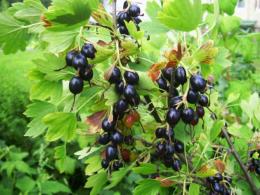
At the beginning of the gardening period, it is very important to evaluate all your plantings in order to promptly identify possible problems in the growth and development of plants, as well as to prevent them. This applies to both trees and bushes. Fruit bushes are quite often exposed to a wide variety of pests, so they have to be treated with special means to obtain the desired harvest. This also applies to currants, which are beneficial for the human body, which is a rich source of vitamin C and other beneficial microelements that are simply necessary for the health and strength of every family member.
Content:
- Cleaning is the first stage in caring for currants.
- Pest Control
- Traditional recipes for treating currants against pests
Cleaning is the first stage in caring for currants.
Before you start treating the plant with various means, you need to thoroughly clean them of dry and damaged branches.
Trimming “unnecessary” branches is a guarantee that during the growth process the energy and vitality of the plant will be spent on full-fledged branches of the bush, on which large berries will grow. If the bush has branches that were pressed to the ground due to heavy snowfall, then they also need to be cut back to the first bud. This also applies to frozen shoots if their tops were frostbitten in winter. It is also advisable to cut such branches to the first bud.Experienced amateur gardeners are inclined to believe that the average currant bush can have up to 13-15 branches of different ages.
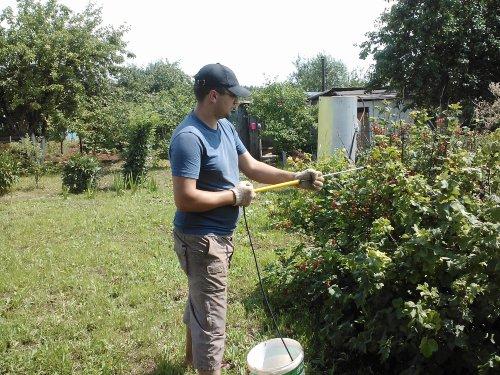
By the way, cut damaged branches must be burned immediately and should not be stored near fruit and berry plants, even for a short period of time. This is due to the fact that all pests live precisely in the damaged parts of a healthy plant and they are the optimal environment for their reproduction. To prevent pests from moving onto healthy plants during storage of cut branches, they must be burned immediately.
After this stage of currant care in the spring, it is necessary to dig up the ground near the bushes and between the rows. This process will not only loosen the soil, but will also destroy nests and places where insect larvae and “children” accumulate, which can subsequently cause damage to the bush itself. Turned soil also allows fertilizers to penetrate deep into the soil for optimal plant fertilization.
Pest Control
Treatment of currants against pests, in principle, began at the stage of cutting off damaged branches and digging up the ground. Further treatment depends solely on what pests you need to get rid of. Most often, gardeners treat plants to prevent the spread of aphids. This must be done before the buds begin to bloom. This procedure can be carried out using furanon, as well as using ordinary boiling water, for which the bushes are simply sprayed with boiling water. It is important to do this even before the buds ripen, so as not to harm the blossoming leaves. Boiling water will not cause any harm to the branches themselves.
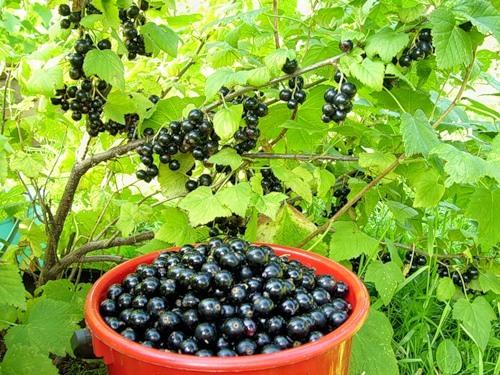
If the leaves have already bloomed, because spring can be very early and the buds can give birth to new leaves literally overnight, then the plant can be safely treated with the same furanon, Karbofos, Rovi-kur, Tanrek. These preparations can be used to treat plants after the leaves have blossomed, but before flowering.
To combat powdery mildew, a solution of copper sulfate is often used, which is prepared according to the instructions, but the optimal proportions are 100 g of powder per 10 liters of water. Also, powdery mildew disappears after treating the currants with a solution of foundationazole, which also needs to be sprayed on the bushes before flowering. This solution is prepared at the rate of 15 g per 10 liters of water.
Traditional recipes for treating currants against pests
Many amateur gardeners are increasingly refusing to use chemicals on fruit and berry trees, because their components, to one degree or another, penetrate through the bark into the plant, which means that the currant berries will subsequently be saturated with them. But no one has canceled folk recipes for pest control, and the effectiveness of such recipes is quite high.
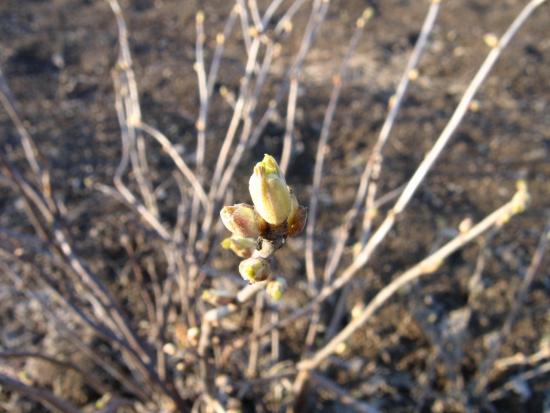
One of the common ways to clean currant bushes from pests is to treat them with garlic tincture.
This tincture is prepared from 100 g of garlic and 1 liter of water. Finely chop the garlic and mix with water, leave for 24 hours, and then strain. This liquid also needs to be diluted with a small amount of grated laundry soap at the rate of 15 g of soap per 4 liters of garlic tincture. If you prepare 5 liters of such a solution, then this will be quite enough to treat 10-15 bushes currants.
Some gardeners treat currant bushes and other plants with a solution of potassium permanganate, which can rightfully be called safe for currants, including if they were treated during the flowering period.
The good thing about folk recipes for pest control is that they can be used in different vegetative periods of plant growth and development, and their effect on the berries themselves is minimal.
An interesting and useful video on the topic: “Processing currants from pests in the spring”:


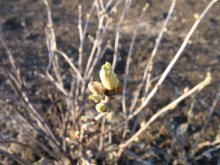

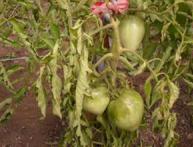

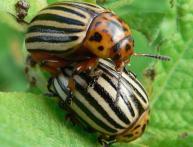
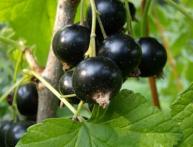
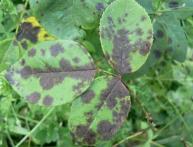
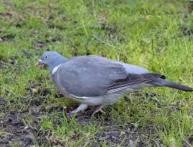
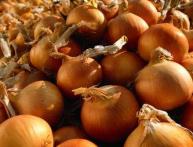
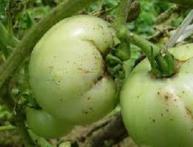
Comments
Several years ago, the currant bush became sick. It was not possible to save it, but later I learned that in the fall, if there are signs of dry or withering branches, they should definitely be cut off. A beetle larva settles inside the branch and overwinters there, eating the core. Spraying will not help, only removing the affected areas.
Black currant is a very healthy berry. And caring for her must be constant. Thank you for such complete advice on caring for this yummy!